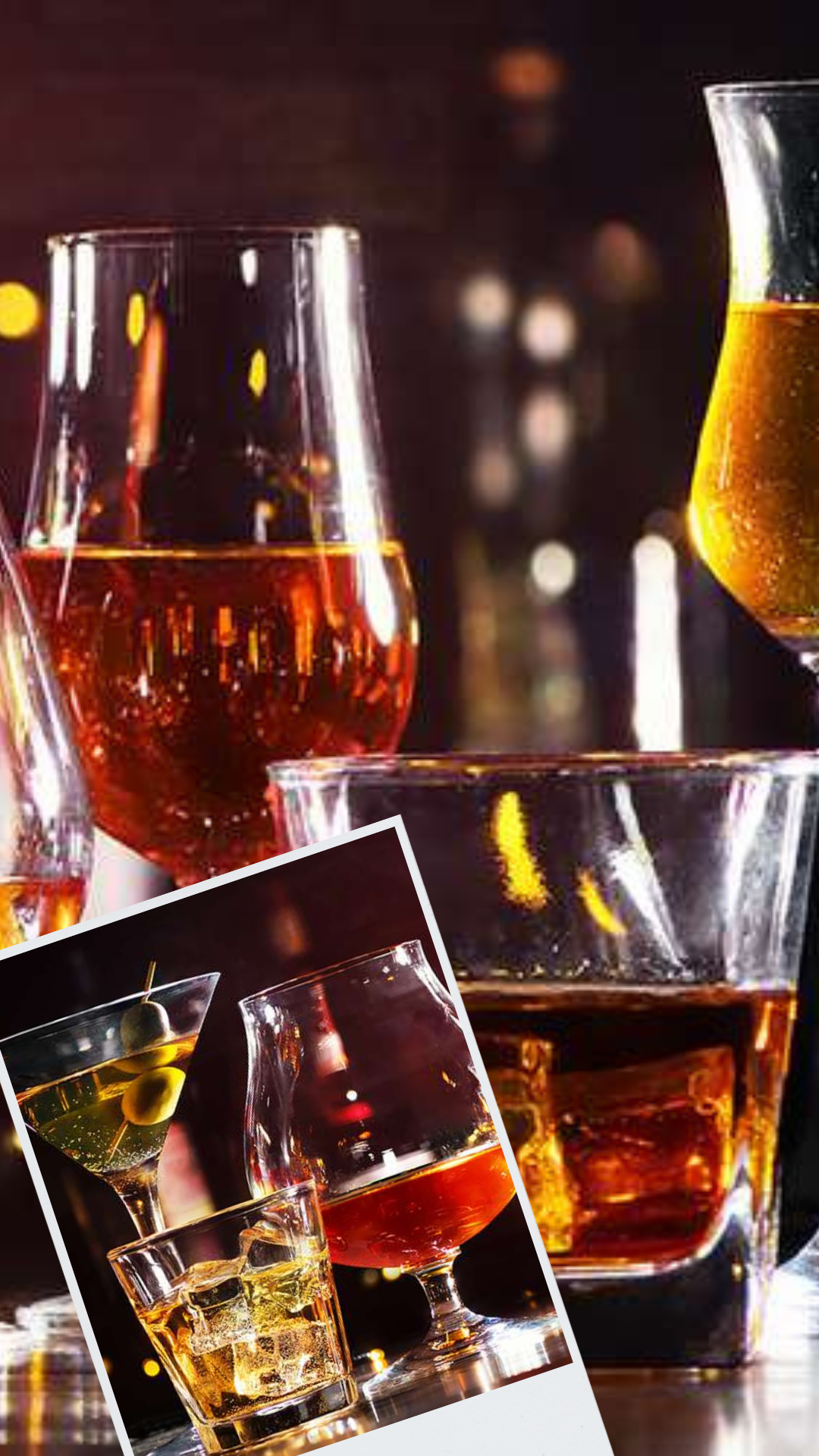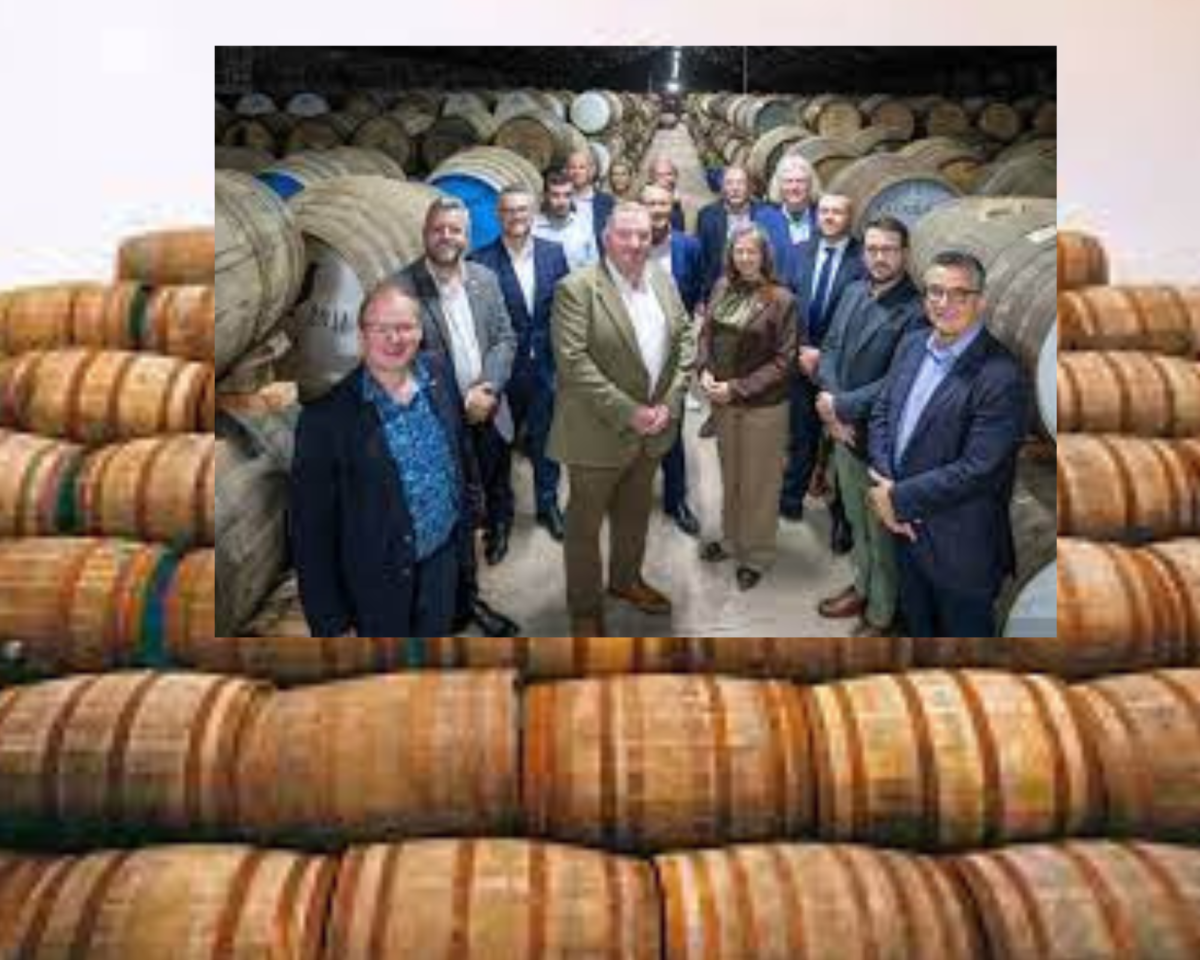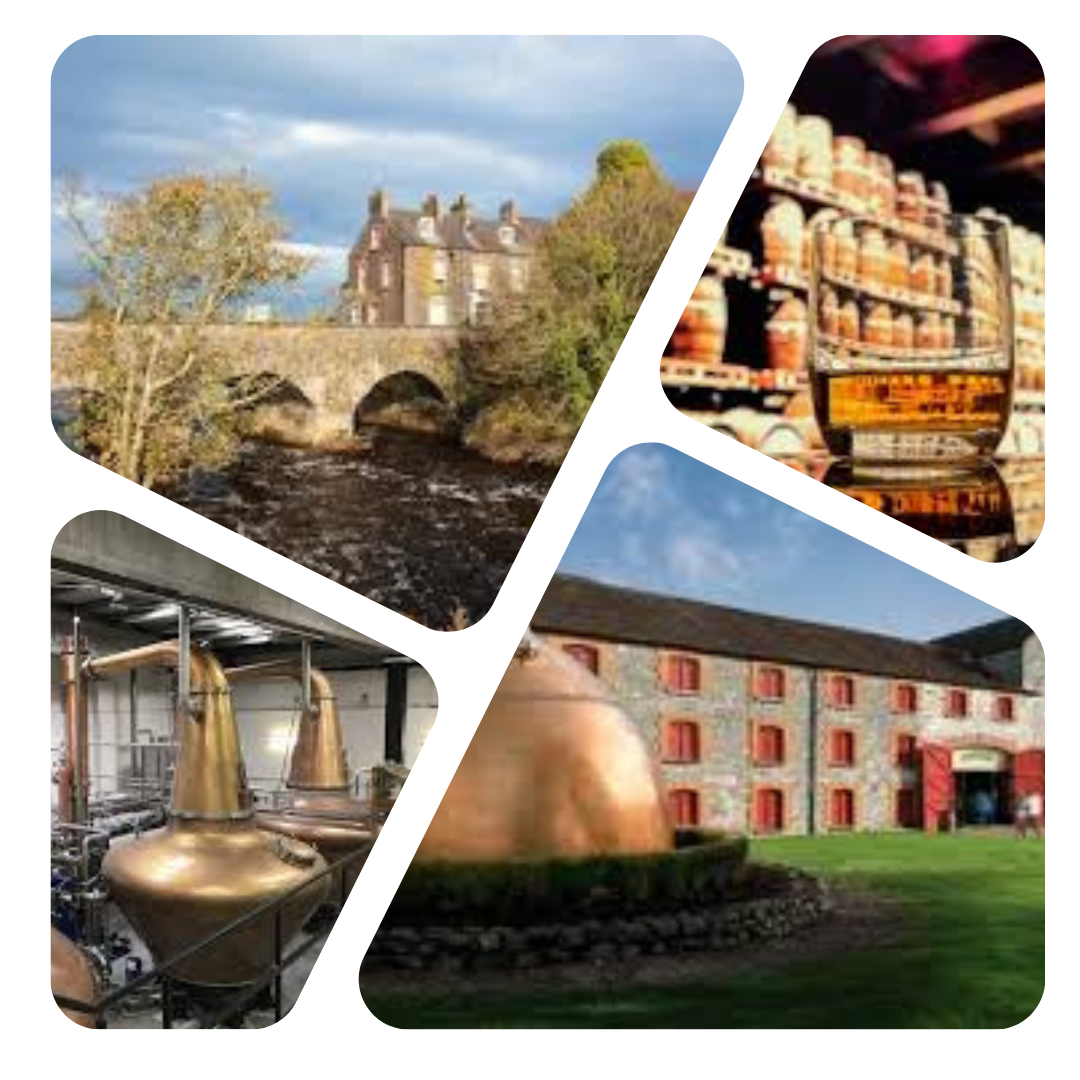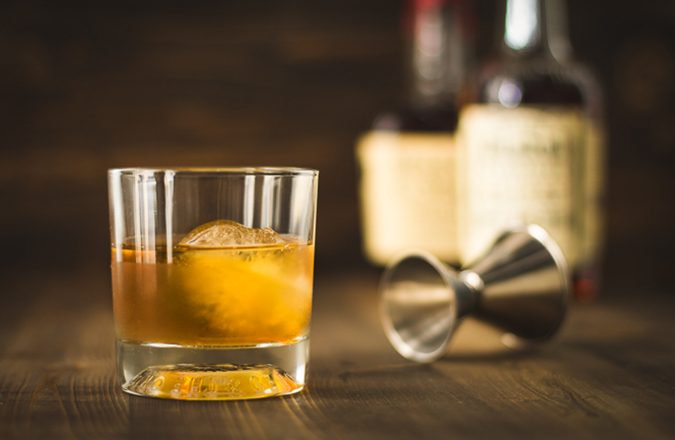Insider Monkey’s list of the 10 most-consumed alcoholic drinks have been identified in a new list that outlines which tipples we favour most.
The analysts at the investment advisors Insider Monkey drew from their deeper dive report of the ‘20 Most Consumed Alcohols in the World’. Here is a list of the top 10, for your review.
1. Beer
Global market size in 2022: US$793.74 billion
Beer is the most consumed alcohol in the world. In fact, after water and tea, beer is the most popular drink in the world. According to reports, in the 2022 brewing year, global beer production ended up increasing slightly year-on-year by 1.3% to 1.89 billion hectolitres. However, the market is yet to return to its pre-pandemic levels when production peaked at 1.91 billion hectolitres in 2019. The category has also evolved with consumer tastes as brewers look to satisfy the thirst of their audience. Plus, the overall demand for premium and low-calorie beers, the rising popularity of craft beer, and the continued expansion of distribution networks in emerging countries are all expected to continue driving growth in the global beer sector over the next few years.
2. Wine
Global market size in 2022: US$441.6 billion
The rising demand for premium and luxury wines has been reported alongside the growing popularity of wine tourism which have become key factors driving growth. According to the analysts, global wine consumption in 2022 was estimated to be at 232 million hectolitres, marking a decrease of 1% compared to the previous year. Year-on-year, wine consumption around the world has decreased at a regular rate and yet this can be mainly attributed to the decline in China’s consumption, which has lost an average 2 million hectolitres per year since 2018.
3. Liqueurs
Global market size in 2022: US$128.9 billion
Liqueurs, which are essentially distilled spirits that are sweetened with sugar or syrup, and often also contain fruit, herbs, and oils, can be sweet or bitter depending on the flavours used.
4. Baijiu
Global market size in 2022: US$95.21 billion
Baiju plays a prominent role in China’s drinking culture and has done so ever since the Ming Dynasty. It is most distilled from sorghum, although other grains – including rice, wheat, corn, and millet – are also available in blends throughout the country. Last year, consumers in China consumed US$91 billion worth of baijiu, yet it remains less well-known outside the nation.
5. Whisky
Global market size in 2022: US$64 billion
As millennials are increasingly beginning to experiment with different drinks and assisting in the rise of ‘cocktail culture’, the use of whisky as a premium ingredient has increased in bars. 2022 was hinted to be a great year for Scotch whisky and exports of Scotland’s native spirit hit US$7.5 billion last year, the highest figures ever. Whisky exports by volume also rose, with the number of 700ml bottles shipped overseas up by 21%, to 1.67 billion.
6. Vodka
Global market size in 2022: US$25.98 billion
Vodka continues to be the most consumed spirit in the US and has been since 1970. Around 78.1 million cases of the spirit were sold in America in 2021 and by 2022, 28.1 million 9L cases were sold globally.
7. Cider
Global market size in 2022: US$17.9 billion
Cider has risen in popularity significantly over the last decade and can also flex with the seasons. In the UK, Insider Monkey outlines how cider continues to be a popular alcoholic drinks category with an off-trade value sales growth in the UK of 5.2% over the past year. Some 47.8% of all British households now regularly buy cider – up from 45.5% last year.
8. Rum
Global market size in 2022: US$17.4 billion
While rum sales are still dominated by major producers, many consumer preferences are said to be moving away from value options and towards an appreciation for craft and aged rums instead. Made from fermented sugar cane juice, rum also provides a key function in cocktail culture.
9. Gin
Global market size in 2022: US$15.3 billion
There are, reportedly, three main reasons for gin’s continued popularity – taste, versatility, and the variety now available. The UK is the largest exporter of gin in the world and, according to His Majesty’s Revenue and Customs (HMRC) data, gin exports from Britain hit US$879 million last year, up from US$651 million in 2021.
10. Tequila
Global market size in 2022: US$14.7 billion
Tequila’s popularity has been on the rise for years, and in 2021 it surpassed whisky in retail sales. The analysts found that the growth in popularity of Tequila can primarily be attributed to several factors, including the expansion of the premium spirits sector as well as the introduction of new flavours, and a greater social media presence.





